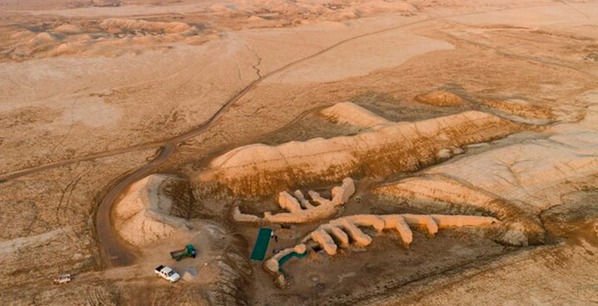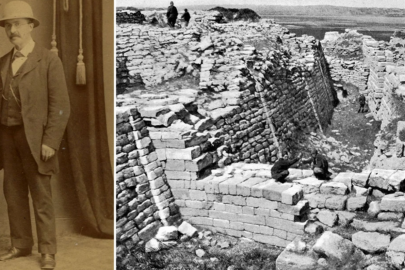Drone mappers identified a 19 kilometer (12-mile) long canal in rural Iraq. Built over it, archaeologists excavated what was at first thought to be a bizarre-shaped temple. However, it turns out that ,4,000-years-ago, ancient Sumerians built “a one-of-a-kind anti-drought machine.”
Located near the modern city of Nasiriyah, in southern Iraq, the ancient city of Girsu was occupied by the Sumerian civilization from the 3rd millennium BC. Dedicated to the war and agriculture god Ningirsu, artifacts recovered from the site have illustrated both the religious and political history of early Mesopotamian society.
Dutch Elections: Anti-mass migration right-wing Geert Wilders wins most seats
A recent dig by the British Museum at Girsu revealed “a mysterious structure,” which in the 1920s was interpreted as an unusually shaped temple. However, members of the museum’s Girsu Project have now announced that the curious discovery was a 4,000-year-old “innovative civilization-saving machine.”
Continue here: Ancient Origins


































